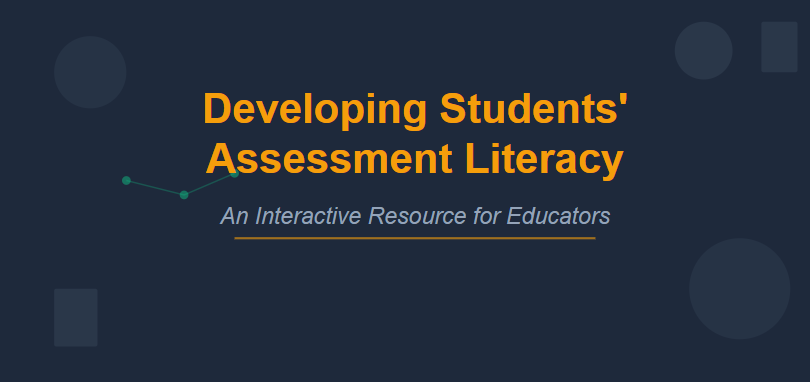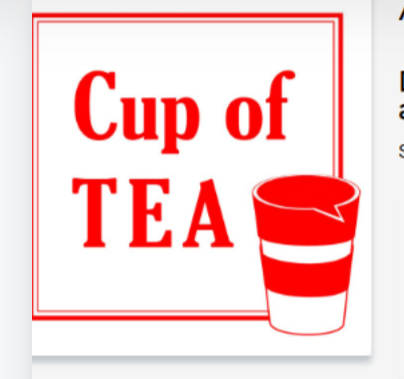Short primer – the ‘hidden curriculum’
The term ‘hidden curriculum’ was first suggested in 1968, in reference to schools; frequently there were unwritten rules and institutional expectations that some learners were unaware of. These could negatively impact their achievement. In 1970 Synder published a book ‘The Hidden Curriculum’ which built on this for college/university students. He suggested that these unarticulated institutional expectations – the differences between the formal and ‘real’ requirements for success could cause difficulty for some students, particularly those from what we now call widening participation backgrounds.
In contemporary higher education the hidden curriculum refers to all the things that students are expected, or assumed to know, that are not explicitly part of the intended/planned curriculum. These aspects of learning often relate to unspoken attitudes, values, and practices that impact students’ learning experiences and achievements.
For assessment the hidden curriculum can involve unwritten rules, assumptions, practices, and taken-for-granted aspects of assessment that students are expected to know about, to understand, and conform to in order to to do well. These aspects may not be evident in the formal curriculum or known by students before they arrive at university, and some may be lecturer-specific. For example, one lecturer may expect a certain minimum number of references per paragraph, whilst another may dislike references from a certain journal. One lecturer may prefer work to be written in the first-person, another in the third.
Recognizing and addressing the hidden curriculum in our programmes is important so as to contribute to an inclusive learning environment.
Further Reading
Advance HE ‘The Hidden Curriculum of Higher Education’, 2020. https://www.advance-he.ac.uk/knowledge-hub/hidden-curriculum-higher-education

